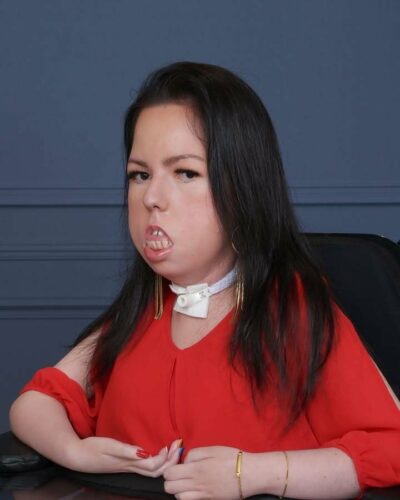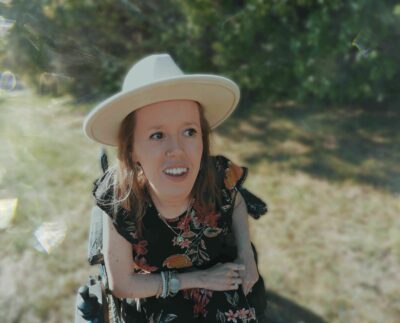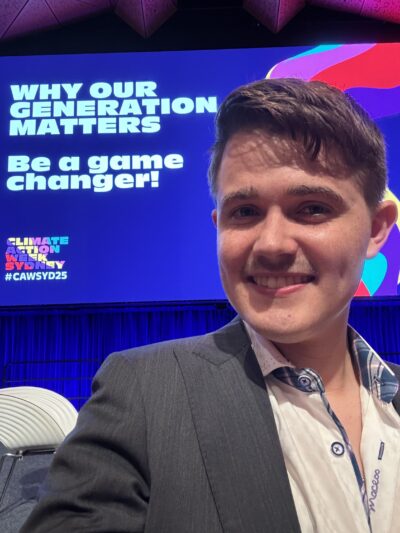Disability Pride Month: The Past and The Future with You
In this blog article, we explore the history behind Disability Pride and the symbolism of the flag. Closer to home, we look at what it means to our community as well as the journey towards inner disability pride.
You may have seen the movement of Disability Pride Month that happened in July. While it’s not as commonly recognised as the LGBTQIA+ Pride Month, it is slowly making waves. So what is it, how did it come about, and how can you support it?
The History
Disability Pride Month’s roots stem from the United States, with the month chosen to mark the passing of the Americans with Disabilities Act on July 26 1990. This act was a significant milestone in removing barriers in society and encouraging equal rights for people with disabilities. The same day it was signed, a celebration was held in Boston, marking the first Disability Pride Day.
As it started in the US, it continues to remain largely recognised in this country, though countries like the UK, Canada and Australia are also beginning to celebrate this month.
The Flag
One thing that symbolises Disability Pride Month is the Disability Pride Flag. First created in 2019 by Ann Magill, who has cerebral palsy, in her words the flag was designed, “to make the stripes zigzag, to represent how disabled people have to maneuver around all the barriers we face. We have to go this way and then we have to go that way, and then we have to go this way and then we have to go that way. And that’s how we move through the world."
This design was later adapted to be straight lines to make it less visually triggering for some disabilities and became what we know it is today.
Symbolically, the elements of the flag represent:
A faded black background to "the anger and mourning over the eugenics and the neglect that disabled people have to fight against." (Ann Magill)
- A rainbow to symbolise the diversity and creativity of the disability community:
Red for physical disabilities
Gold for neurodiversity
White for invisible and undiagnosed disabilities
Blue for psychiatric disabilities
Green for sensory disabilities
The Movement
Today, the month and the movement it has caused largely maintain the same sentiments that the Disability Acts call for. People with disability and their supporters are called to celebrate people with disability, their achievements, while also calling on those around them to make the world a more equal place.
For some, this may be little things such as a social media post, sharing what they’re proud of about their disability or an insight into what it’s like to live with a disability to educate others. For others, it may be bigger acts such as writing to government ministers calling for change or attending/holding events throughout the month that amplify the voice of people with disabilities.
Just as people with disabilities are all individuals, this month has a different meaning to everyone and hence is celebrated/recognised in different ways.
How can you be proud of your disability?
Becoming proud and confident in your disability is not a journey that happens overnight or even in one month. It in fact can sometimes take years for someone to be fully comfortable with their disability, particularly with new people or in a new environment. So, how can you become proud of your disability, or if you support someone with a disability, how can you encourage them to be proud?
If you have a disability
Learning to be proud of your disability can be a long process. It is also not something that is linear - some days you could be super confident and others not so much, and that’s ok.
If you are just starting your journey to becoming proud of your disability, think about the positives that have come from it. Maybe you met some amazing people that you wouldn’t have otherwise, or maybe you got to experience something really cool. Then think about all of the things you achieved despite it. We’re not talking about inspirational porn activities (like getting out of bed) but things that the world suggested you couldn’t. Maybe that was achieving an academic milestone or travelling the world. Maybe it was even just putting yourself out into the world a little bit more.
Still not feeling that confident? Don’t worry, we shared some more tips in our article Learning How To Accept Your Disability. Remember though, you should be proud of yourself and everything you’ve done in life!
If you support someone with a disability
When it’s someone else, it can be heartbreaking (particularly if you’re a parent to a young child) to see someone not be proud or even try to hide parts of themselves, especially if that part of them is their disability.
Depending on the age of the person with a disability, how you assist them may look different. If they are older, you may wish to talk through what we mentioned above. However, if they are younger, you may want to:
Talk openly to them about their disability and, where appropriate, allow them to make decisions about their treatment so that they feel like they have some control/ownership of their disability.
Encourage them to achieve whatever they set their mind to. Not sure how to help them do it? Reach out to your local state/territory organisations to see if they have some parents who have some advice.
Talk to adults around them (teachers, parents of friends) and explain their disability so that everyone around them is aware and able to assist the child.
So whether you’ve celebrated Disability Pride Month or just learning about it, we hope you had a great month!
Have advice, 'how to' guides or a story you want to share? We want to hear from you!
You can submit your story or guide via our form. Provided your content meets our content requirements, your post will be published by a Loop moderator to the Living Life section.
Share your story



Join the conversation